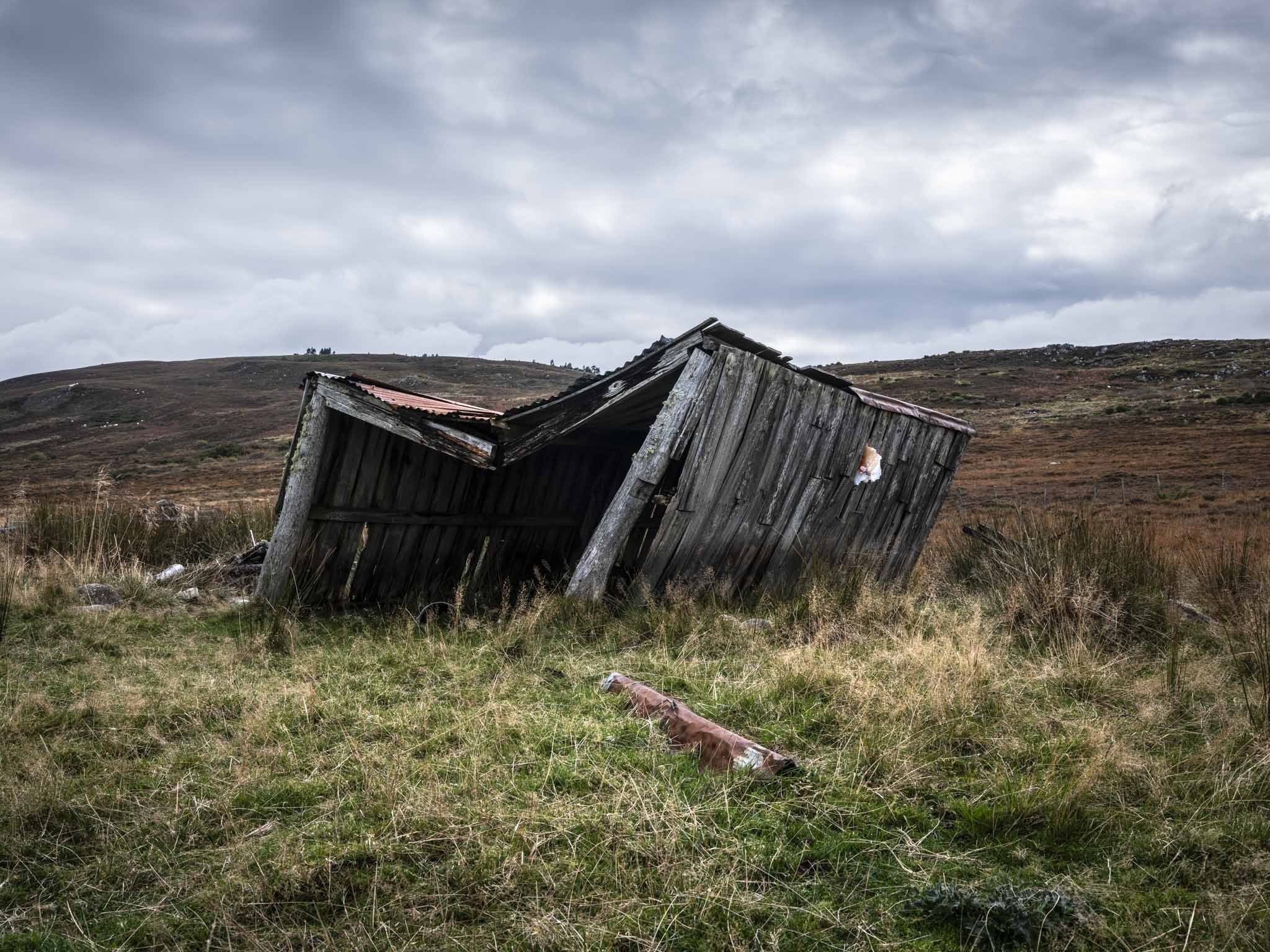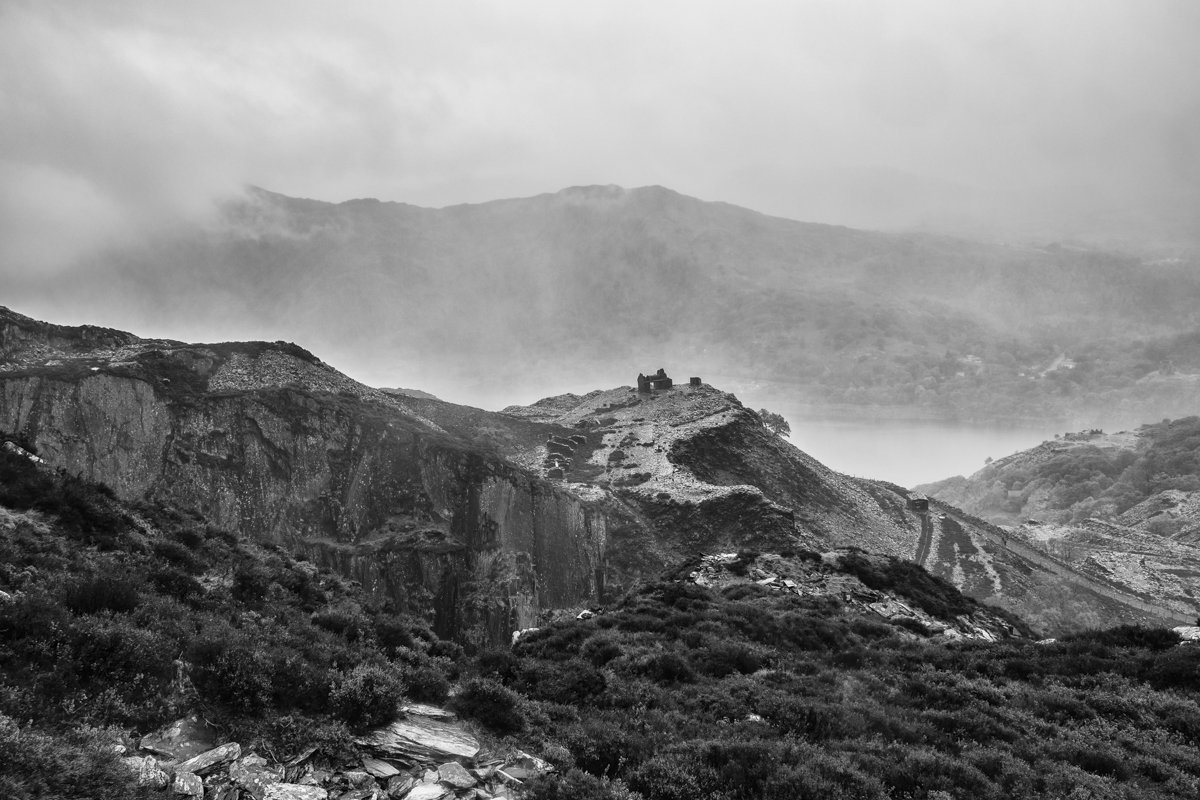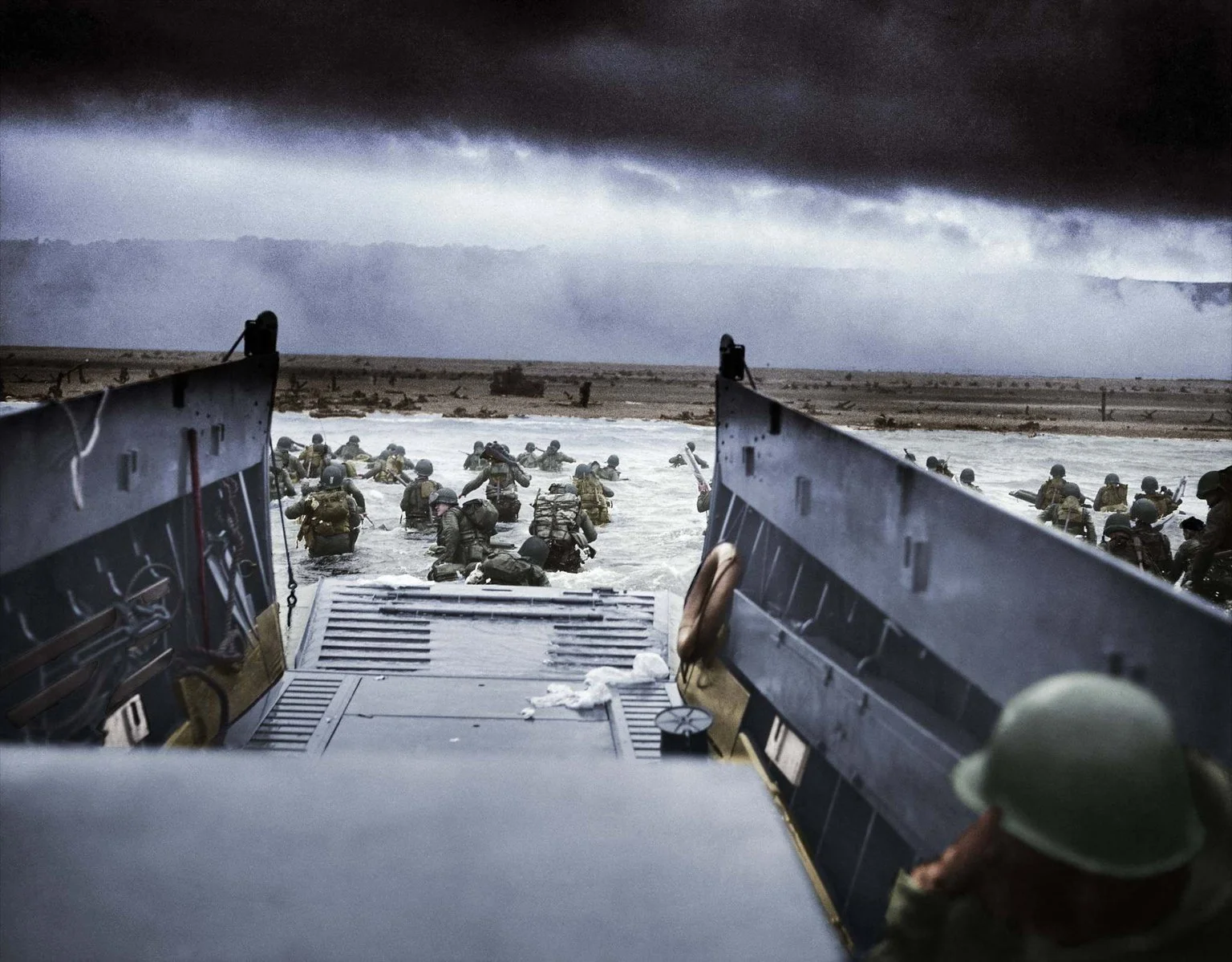



The new GFX 100SII
Hands-on review of the new Fujifilm gfx 100SII.
I was fortunate enough to have a loan of the new camera for a few weeks prior to its release and I have written down my thoughts of it all from mainly landscape POV but with other genres shot for good measure

10 easy steps to improve your long exposure shots
A few tips to help you quickly improve shooting long exposures with a camera.


St Thomas Hospital Medical School
A visit to an abandoned part of a central London Hospital that was rumoured to be used to film 28 Days Later

Cromer Courts and Police Station
Exploring the old Cromer Courts and Police Station in Norfolk


Tips to help shoot the Northern Lights
Tips to help photograph and predict the Northern Lights in the UK

The Perfect Photography Wellies
As a photographer, the right footwear whilst walking along the coast or through woodlands is very important. I explain why I have been using these ones for the past several years and they are still going strong.


Places to Visit - Thurne mill, Norfolk
Discovering some of the photogenic locations of the UK, with tips of when to visit them and how to photograph them

Dinorwic Quarry
Discover the amazing Dinorwic Quarry in the heart of the Snowdonia National Park


Norwich Cathedral shelter
A explore of the old Norwich Central air raid shelter that is located under a school playground near the Norwich cathedral


Places to visit- Happisburgh, Norfolk
A guide to visiting Happisburgh on the Norfolk coast with your camera

Canaletto Tower climb. London
Views from a climb up a London tower block as it was being constructed
